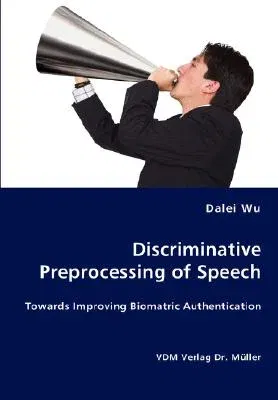In this book, a general framework for feature enhancement is proposed
which uses a multilayer perceptron (MLP) to achieve optimal speaker
dis-crimination. First, to train this MLP a subset of speakers (speaker
basis) is used to represent the underlying characteristics of the given
acoustic feature space. Second, the size of the speaker basis is found
to be among the crucial factors affecting the performance of a speaker
recognition system. Third, it is found that the selection of the speaker
basis can also influence system performance. Based on this observation,
an automatic speaker selection approach is proposed on the basis of the
maximal average between-class variance. Tests in a variety of
conditions, including clean and noisy as well as telephone speech, show
that this approach can improve the performance of speaker recognition
systems. Further, an alternative feature representation is proposed in
this book, which is derived from what we call speaker voice signatures
(SVS). These are trajectories in a Kohonen self organising map (SOM)
which has been trained to represent the acoustic space. This feature
representation is found to be complementary to the baseline feature set.
Finally, this book finishes with a number of potential extensions of the
pro-posed approaches. This book is addressed to professionals in speech
processing and students in this domain.


